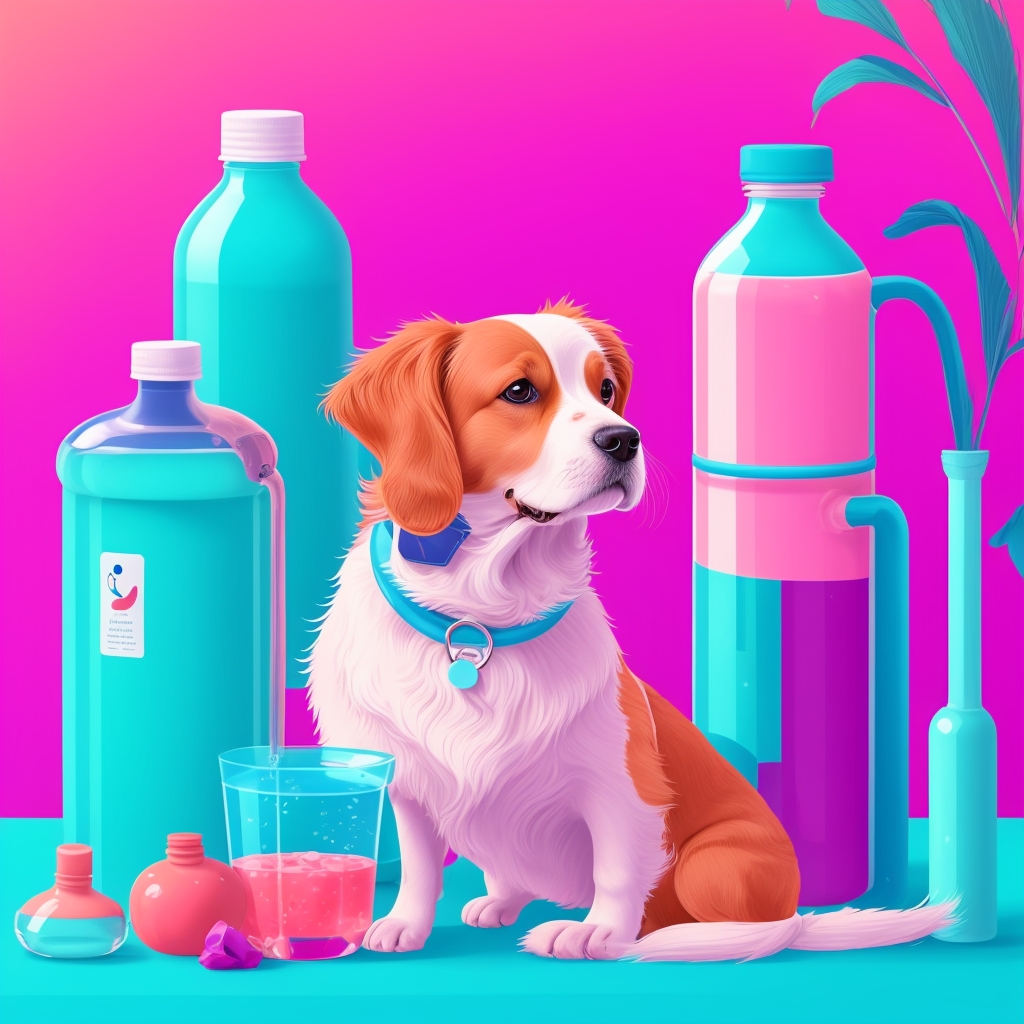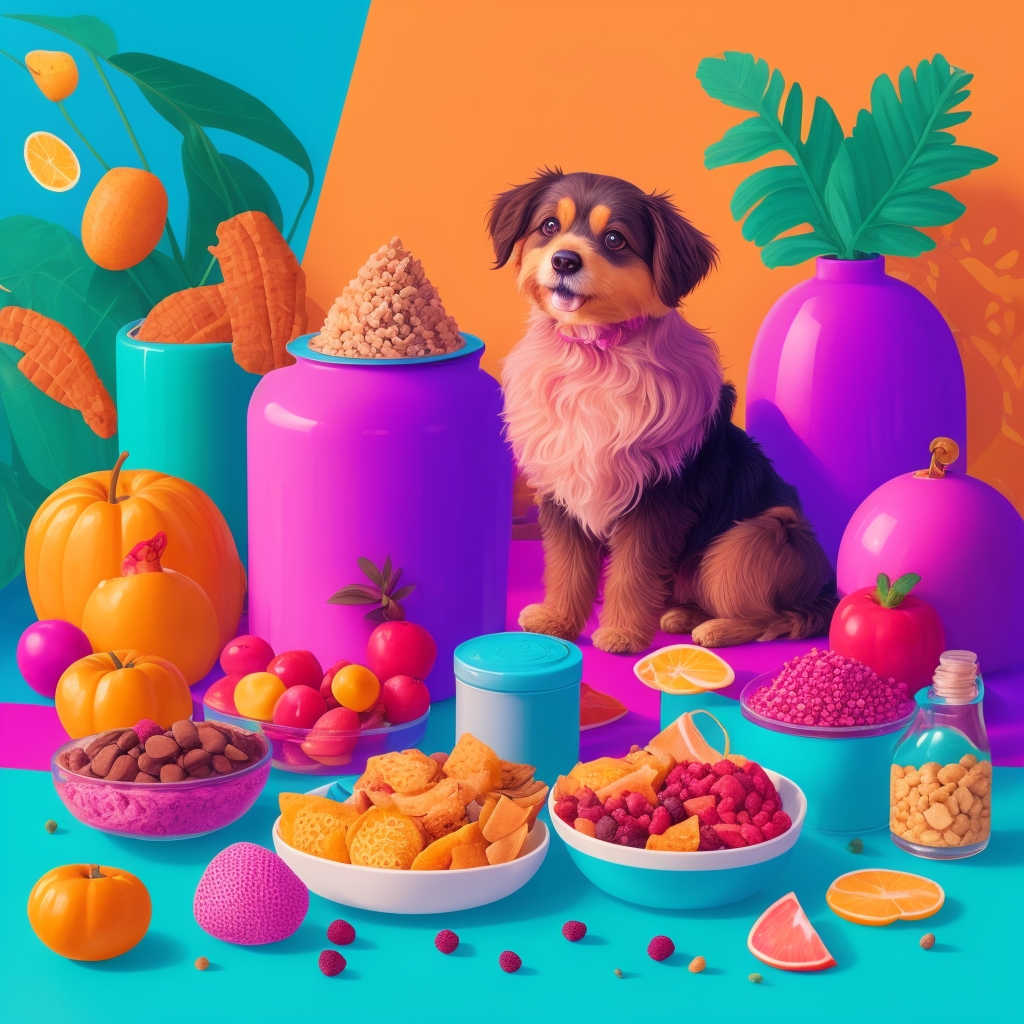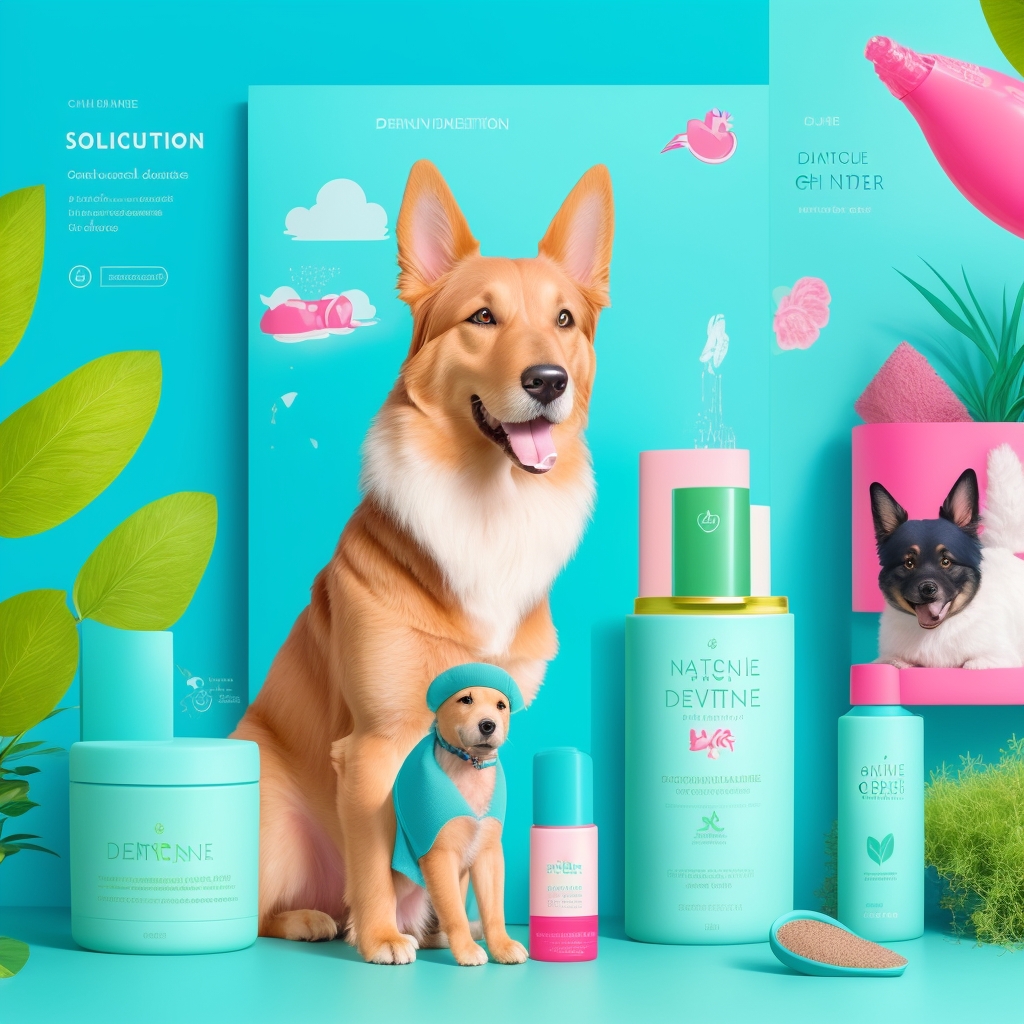A dog’s coat health often reflects their overall well-being. For many owners, a shiny, silky coat is a sign of a healthy animal. However, a crucial aspect that is sometimes overlooked is the importance of hydration. While many factors, such as nutrition and grooming, influence coat health, hydration plays a fundamental role that should not be underestimated. In this article, we’ll explore how hydration affects the quality of your dog’s coat, providing practical advice and concrete examples to ensure your four-legged friend always sports their best coat.
Main Sections
The Importance of Hydration for Coat Health
Water makes up approximately 60 to 70% of an adult dog’s body weight. It’s essential not only for internal bodily functions but also for maintaining healthy skin and coat. A well-hydrated coat is generally shinier, less prone to breakage, and less likely to develop dandruff or dry patches. This critical balance of moisture contributes to the coat’s natural oils and resilience.
Signs of Poor Hydration
Visible signs of dehydration can include a dull coat, brittle hairs, and dry, flaky skin. A simple test to check for dehydration is to gently pinch the skin on your dog’s shoulders. If it doesn’t immediately spring back into place, this can indicate dehydration. Other signs might include lethargy, sunken eyes, or dry gums.
Factors Influencing Hydration
Several factors can influence your dog’s hydration. Ambient temperature, physical activity, and even diet play crucial roles. For example, dry kibble generally contains less water than wet food, which might necessitate a higher water intake to compensate. Dogs exercising heavily or in hot weather will naturally require more water.
The Role of Diet in Hydration
A balanced diet can help maintain good hydration. Wet foods, in particular, can be an excellent supplementary source of water, especially for dogs who aren’t avid drinkers. Additionally, some foods are enriched with omega-3 and omega-6 fatty acids, which help maintain a healthy, hydrated coat from the inside out by supporting skin barrier function.
Concrete Examples and Use Cases
Let’s take Max, a 7-year-old Labrador who lived in a hot, dry region. Max’s owners noticed his coat becoming dull and that he was shedding more hair than usual. After a consultation, it was discovered that Max wasn’t drinking enough water to compensate for losses due to the heat. By increasing his water intake and integrating wet food into his diet, Max’s coat regained its luster within a few weeks, demonstrating the direct link between hydration and coat vitality.
Key Points and Best Practices
- Ensure constant access to fresh, clean water: Change the water multiple times a day to encourage your dog to drink more. Consider using ceramic or stainless steel bowls as they can keep water cooler.
- Monitor dietary intake: Incorporate water-rich foods, especially during warm months or for less active dogs.
- Regularly check skin and coat condition: Consistent grooming and regular vet visits can help identify and address hydration issues early.
- Consider supplements: Essential fatty acid supplements (like fish oil) can be beneficial for improving coat health, but always discuss with your vet first.
FAQ
How much water should my dog drink each day?
Generally, a dog should drink approximately 30 to 50 ml of water per kilogram (or about 1 ounce per pound) of body weight per day. However, this can vary based on diet, activity level, and climatic conditions.
Does dry food harm my dog’s hydration?
Not necessarily, but dry food contains less water than wet food. Ensure your dog always has access to fresh water if they primarily eat kibble to compensate for the lower moisture content in their food.
How can I tell if my dog is well-hydrated?
A good indicator is skin elasticity (the “skin tent” test). You can also monitor the frequency and color of their urination. A well-hydrated dog generally urinates every four to six hours, and their urine should be light yellow.
Are dietary supplements necessary for a healthy coat?
They can be beneficial, especially for dogs with specific nutritional needs or existing coat issues. Always consult your veterinarian for tailored recommendations to ensure they are appropriate and correctly dosed.
Do frequent baths affect coat hydration?
Too frequent baths can strip the skin of its natural oils, which can lead to a dry coat and skin. Use mild, dog-specific shampoos and limit baths to what is necessary for cleanliness, typically once a month or less unless your dog gets particularly dirty.
Conclusion
Hydration plays an undeniable role in your dog’s coat health. By ensuring your companion drinks enough water, and by adjusting their diet and care accordingly, you can contribute to a shiny, healthy coat. Remember that regular consultation with your veterinarian is essential to ensure all aspects of your dog’s health are considered and optimized.







